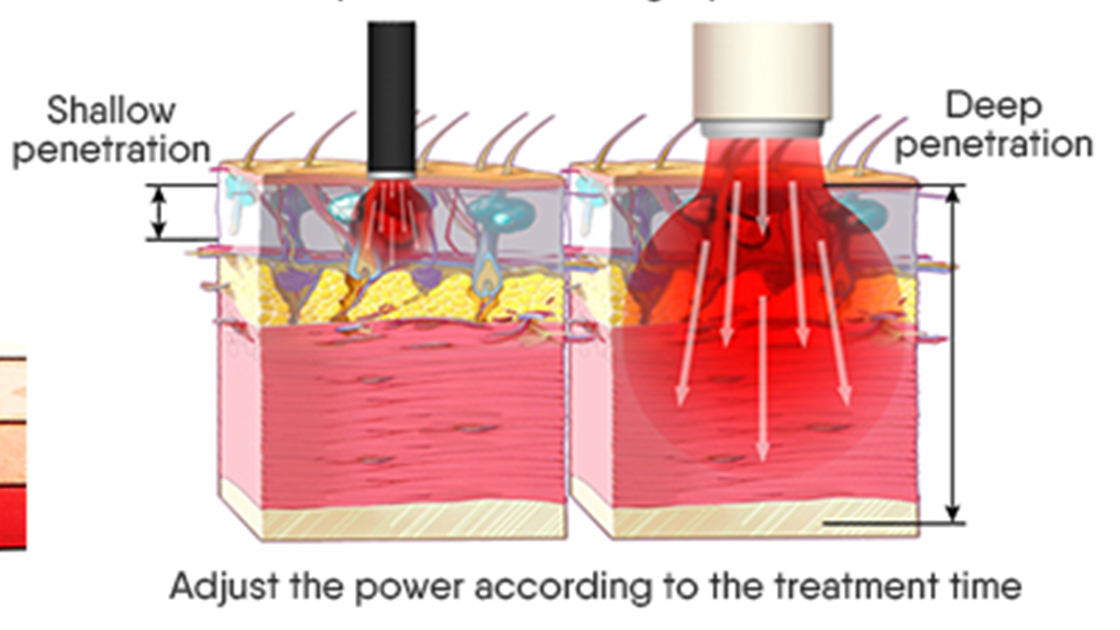Page Contents
Class 4 lasers are renowned for their power and versatility across various industries, including medicine, manufacturing, research, and more. These lasers, characterized by their high output power, offer a range of applications and capabilities. However, the question often arises: How far can a Class 4 laser go? Let’s delve into the factors that determine the reach of Class 4 lasers and their potential in different contexts.
Understanding Class 4 Lasers
Class 4 lasers are classified based on their potential to cause eye and skin injuries. They have higher power outputs compared to lower class lasers, making them suitable for cutting, welding, engraving, medical procedures, and other demanding tasks. Class 4 lasers are known for their ability to deliver intense, focused beams of light with precision and efficiency.
Factors Affecting the Range of Class 4 Lasers
- Power Output: The power output of a Class 4 laser is a significant factor in determining its range. Higher power lasers can penetrate materials more effectively and cover greater distances.
- Beam Divergence: Beam divergence refers to how much the laser beam spreads out over distance. Class 4 lasers typically have low beam divergence, allowing them to maintain intensity over longer distances compared to lower class lasers.
- Medium and Environment: The medium through which the laser beam travels and the environmental conditions can impact its range. For example, lasers may behave differently in air, water, or space, affecting their reach.
- Optical Components: The quality and alignment of optical components, such as lenses and mirrors, play a role in maintaining the focus and intensity of the laser beam over distance.
Applications and Range of Class 4 Lasers
- Medical Procedures: In medical settings, Class 4 laser is used for surgical procedures, dermatology treatments, and therapeutic applications. Their range varies depending on the specific procedure and target area within the body.
- Industrial and Manufacturing: Industries employ Class 4 lasers for cutting, welding, marking, and engraving various materials such as metals, plastics, and ceramics. Their range can extend from millimeters to several meters, depending on the application and laser setup.
- Research and Scientific Experiments: In research laboratories, Class 4 lasers are used for spectroscopy, microscopy, and other scientific experiments. Their range can span from microscopic scales to distances relevant to astronomical observations.
- Defense and Aerospace: Class 4 lasers find applications in defense systems, laser weapons, and aerospace technologies. Their range can extend to kilometers or even beyond, depending on the specific application and requirements.
Safety Considerations with Class 4 Lasers
Due to their high power output, Class 4 lasers pose potential hazards to human eyes and skin. Proper safety measures, including laser safety glasses, controlled access, and safety interlocks, are crucial when working with Class 4 lasers to prevent accidents and injuries.
Conclusion
The range of Class 4 lasers varies depending on factors such as power output, beam divergence, environment, and applications. From medical procedures to industrial processes and scientific research, Class 4 lasers offer impressive capabilities and reach across diverse fields. However, it’s essential to prioritize safety and adhere to best practices when working with these powerful laser systems.
